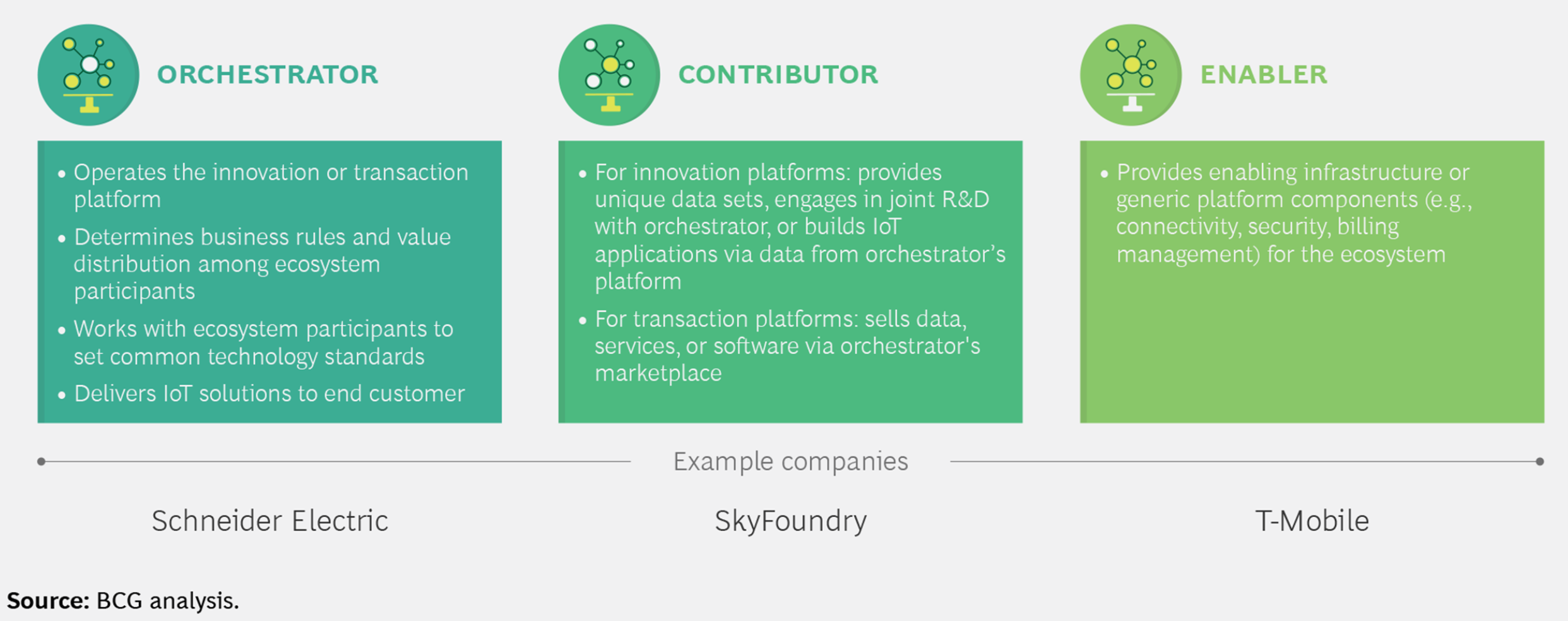IoT – the disruption champion in the 5G landscape

Abhishek Ghosh of Tech Mahindra
If we can rename the Internet of Things (IoT), we can arguably name that as disruption champion. Over last five years, says Abhishek Ghosh, business architect at Tech Mahindra, IoT has penetrated the traditional market place in a rapid manner and that is changing the way things are usually done.
Undoubtedly, it has the potential to create an enormous opportunity to transform the way we do business and live. A recent report published by McKinsey global predicts that IoT will have a global economic impact of between US$4 trillion (€ 3.29 trillion)to $11 trillion (€ 9.05 trillion) by 2025. That would also eventually create new revenue sources for the business houses that adopt the disruption.
What is the IoT value chain?
An IoT solution is formed of several building blocks or components, and each of these building blocks forms part of the IoT value chain. The IoT value chain illustrates how the different components, in combination with one another or separately, add value to the overall IoT solution and, in turn, for the end user.
Furthermore, each component is developed by a range of companies, some of which play several roles in the IoT value chain. The following components form part of the IoT value chain:

Enterprise participation in the platform
Companies participating in the IoT value chain play three distinct roles. The orchestrators are the companies which own the platform and effectively contribute to establish the ecosystem. They are typically the incumbents, have the resource and capability to invest and operate a platform.
Contributors are the companies that develop and sell solutions on the IoT platform. Contributors increase the value of the ecosystem by bringing unique data sets, IPs or building solutions on the platform.
Lastly, the enablers provide the user-facing intrauterine or coming platform services but they are not unique to the IoT vertical. Hence, they could either buy or sell IoT services. Enabler companies usually provide the generic underlying technology capability (cybersecurity, connectivity, billing functionality, etc.)

IoT in the age of 5G
According to a bloor research report, without 5G there will be significant network gaps to enabling Industry 4.0 – not only for IoT device connectivity but also for processing and managing enormous data. Interestingly, in terms of connectivity bandwidth is not the only factor, different IoT systems can have different network requirements. For example, some IoT devices demand absolute reliability where low latency will be critical. On the other hand a few other device have to cope with a much higher density of connected devices than we’ve previously seen.

Abhishek Ghosh
So, the bottom line is the future 5G network is very much curtailed for IoT uses case’s success, and in a broader aspect we could say the telecom sector will be a major enabler for IoT use case widespread growth hacking. In order to realise full promise of Industry 4.0, technology leaders within telecom, manufacturing and beyond need to understand the key challenges IoT could bring in the near and far future, and how contemporary tech advances like 5G can be used to address them.
The author is Abhishek Ghosh, buisness architect at Tech Mahindra
About the author
Abhishek is the business architect at Tech Mahindra. He is a well-rounded and performance-driven transformation architect with recognised ability in telecom transformation strategy and change.
Comment on this article below or via Twitter @IoTGN
